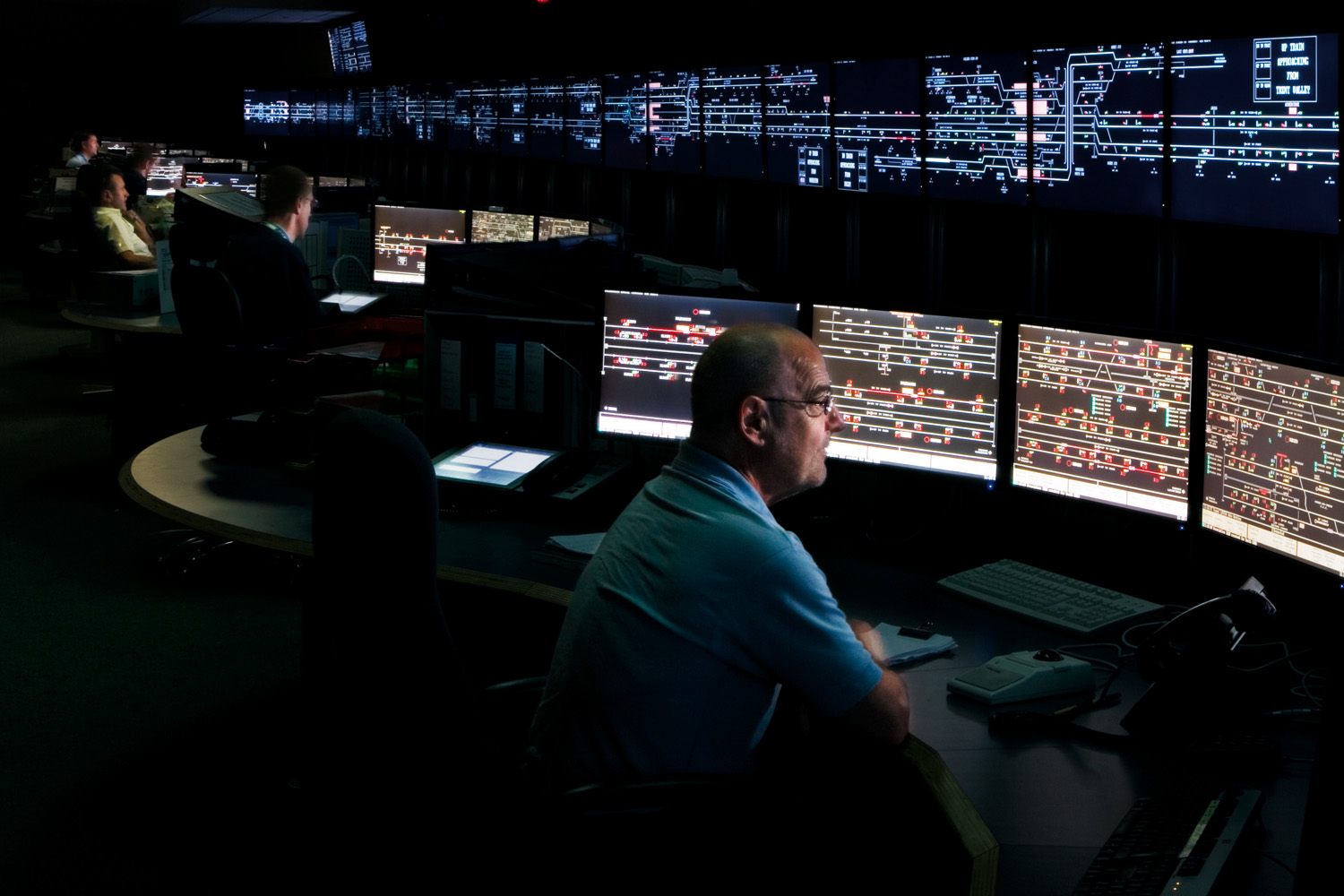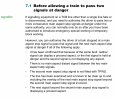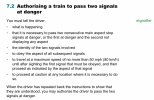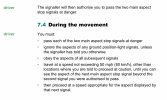To further expand on the answers…
Keep in mind that there can be some variations depending on (former BR) region, interlocking system and when said system was installed. I’m a Western region guy, so I talk WR E10,000 interlocking, but the general principles are the same for most current/modern systems.
Not all aspects on all signals are lamp proved. For example, the top yellow aspect of a four aspect signal is not lamp proved (reason being that the signal will now be showing a single yellow which is a more restrictive aspect). Not all route indicators are lamp proved (although all ‘feather’ JI are proved).
For conventional filament lamp colour light signals on main lines / passenger lines (and modern signals elsewhere), they all have a main filament and an auxiliary filament. When the main filament expires, a relay automatically causes the auxiliary filament to be lit. Drivers don’t normally notice any difference.
When a main filament fails in a signal as described above, an alarm indication or equivalent is either generated on a signallers block shelf/panel/VDU. Or on a S&T technican’s fault panel or on a list of computer generated alarms on the technicians computer terminal display.
It’s far less common now, but in some places main aspect signals on freight only lines only used lamps with a single filament.
For all red aspects in all main signals, if the lamp proving can’t detect the lamp to be lit (all types of signals including LED types), then the signal in rear will be held at red/revert to red until such time that a lamp in the signal is detected to be lit. This applies to limit of shunt signals as well.
As well as the above, the signaller will see a different indication on their block shelf/panel/VDU. Unless the
signal is an automatic and no indication has been provided for the signaller. For panels and VDUs, the red indication goes out leaving the indication dark.
If the signal is controlled by a computer based interlocking, the signaller will also get a critical alarm which they have to acknowledge. And the S&T Technican will get an alarm on the technicians computer terminal display.
For Western Region and modern practice, all this also applies to the single yellow and green aspects as well.
If a lamp proved route indicator goes out, the signal it is part of will go back to red until it is proved lit.
Note that none of the above prevents a signaller routing up to the failed signal. And it does not affect the signal from being able to route the failed signal. The routing is a different part of the system. But the interlocking will prevent a signal clearing up with a proceed aspect to a aspect that is not proved lit.
As soon as a signaller becomes aware of a fault, they will request immediate S&T attendance unless there are no scheduled trains. In which case it may downgraded to attendance at a later time/date.
If the signal is a controlled signal, or the signal in rear or ahead, depending on which aspect has failed, tje signallers may be able to use a ‘work around’ as previously described. If they can’t do that, drivers have to be talked by, again as previously described.
Because of the auxiliary filament, it was rare for a main line / passenger line signal to ‘go black’ due to a filament failure long before LED signals were available.
It should be noted that there are other causes of signals ‘going black’ other than filaments failing or power failures. These include, but are not limited to the following:
- Fuse failure,
- Cable damage,
- LED signal module failure,
- Both main and auxiliary filaments failing in the same lamp or lamp holder contact fault.







 ) Personally I've passed 3 in a row but got talked past each one individually. (again, a few years back) I've also gone through PoSAs; which is another weird experience.
) Personally I've passed 3 in a row but got talked past each one individually. (again, a few years back) I've also gone through PoSAs; which is another weird experience.